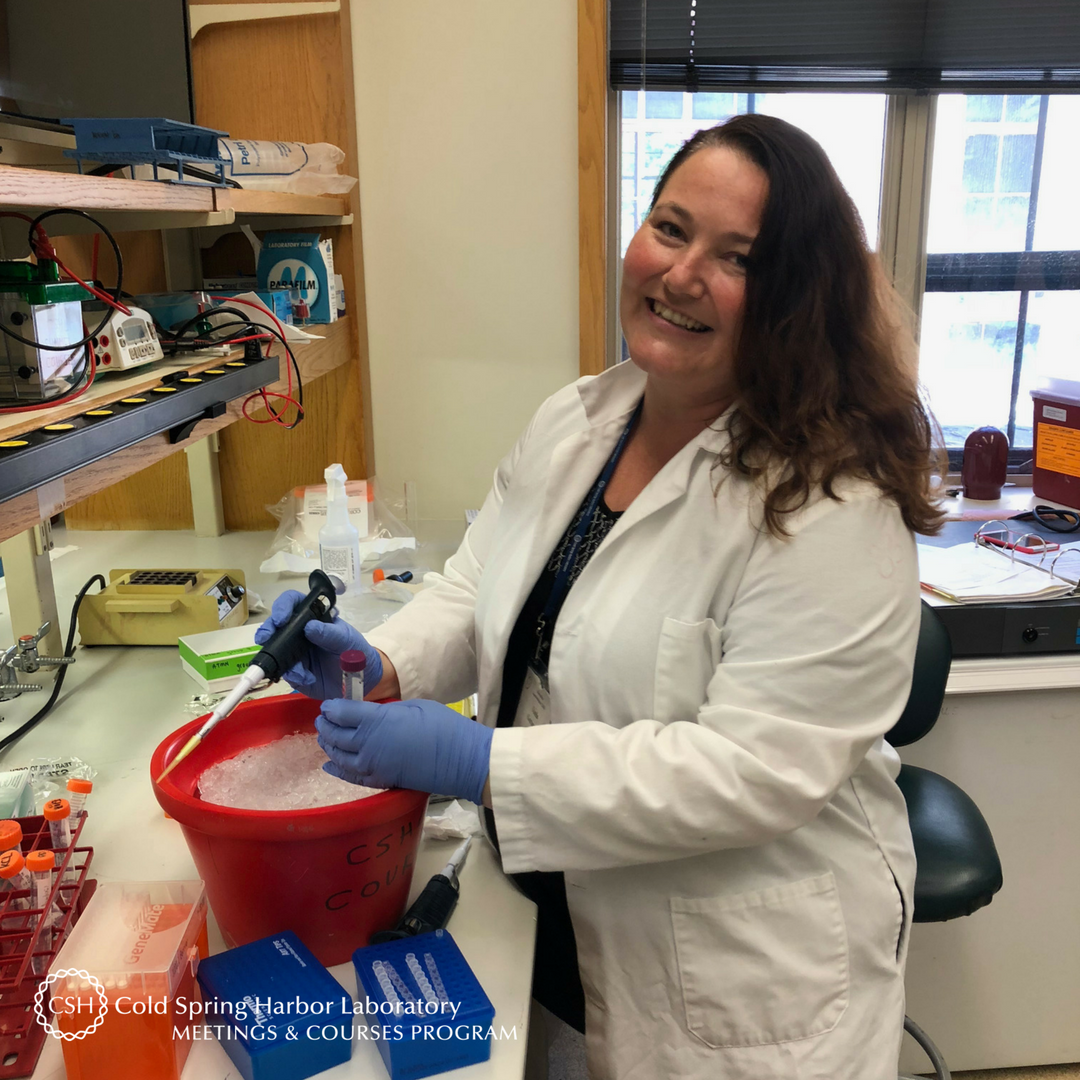Meet Predrag Janjic of the Macedonian Academy of Sciences and Arts (Republic of Macedonia). Predrag is associated with the Laboratory of Complex Systems and Networks led by Ljupco Kocarev, and with the Research Program in Psychiatric Diseases led by Andrew J. Dwork of the New York State Psychiatric Institute at Columbia University. The research scientist is on a multi-week trip in New York – first to take part and present a poster in the 2018 Glia in Health & Disease meeting titled “Multistability in a model of membrane voltage dynamics in hippocampal astrocytes—Interplay between Kir and K2p currents” and then to meet with his States-side collaborators.
What are your research interests? What are you working on?
The main focus of my present work is computational modeling of glial cells, both their structure and function. Within the structural studies we try to quantitate myelin in psychiatric disease, while on the functional side, I develop dynamical models of conductivity of astrocytic membrane.
How did you decide to make this the focus of your research?
While I knew cell-level modelling would be the focus of my work, as I was considering the particular phenomena I should concentrate on, it was a striking realization that computational cellular neuroscience had almost completely ignored glial cells during the last few decades, or have modeled their roles in a rudimentary way. From a biophysical perspective, I found it unacceptable and decided to take a closer look into how biophysical theory could describe some of the basic experimental properties. For getting into closer contact with the real issues and challenges, apart of the collaboration with Columbia University on myelin, for functional cell-level modelling I collaborate with Prof. Christian Steinhaüser’s lab in Bonn and Prof. Pavle Andjus’ lab in Belgrade where advanced neurobiology of glia is being explored experimentally.
How did your scientific journey begin?
After graduating with a degree in electrical engineering and computer science, I pursued a masters in the theoretical physics of nonlinear phenomena from Ss. Cyril and Methodius University in Skopje; where my interest in dynamical descriptions of neuronal membranes began. The freedom I was given by Prof. Kocarev to explore less established areas enabled me to carry over my earlier interest into Ph.D. studies, focusing on the variations of modeling frameworks in non-excitable (or non-spiking) cells. The NIMH/Fogarty-funded research led by Columba University provided me with the critical opportunity to join a larger research program and pursue neuroscience.
Was there something specific about the Glia in Health & Disease meeting that drew you to attend?
I was attracted by: 1) the growing evidence from several labs that specific glial potassium-channel families (which I study) are implicated in more and more disordered conditions, and 2) the possibility to have face-to-face discussions on those implications and experimental observations.
What is your key takeaway from the meeting?
During the last several years, I have struggled to find my home community. The computational neuroscience community – where I belong on paper – still unfortunately stands aside on most of the glial phenomena. On the other hand, the concepts and methods used by the computational neuroscience community are still a bit abstract for the glial biologists, where molecular studies presently dominate. Computational studies of glia will have to bridge the gap between the experimental observations and their quantitative descriptions, and CSHL is a very unique place where both experimentalists and theoreticians feel at home. The explosion of molecular findings will show researchers like me where to look when refining the computational descriptions of the phenomena we observe.
What did you pick up or learn from the meeting that you plan to apply to your work?
This was the first meeting I attended where a notable number of leading researchers in glial biology were present. I needed to get a first-hand account of the molecular studies aimed at showing what (de)regulates the ion channel populations I am quantitatively modeling, as well as what is the latest in the imaging and molecular studies of myelin.
If someone curious in attending a future iteration of this meeting asked you for feedback or advice on it, what would you tell him/her?
As the glial biology community is definitively growing, the Glia meeting at CSHL will further gain popularity. And since both, the cell-level and molecular biological contexts are addressed here, CSHL is really a great place to get inspired while meeting and working with other glial biologists.
What do you like most about your time at CSHL?
The CSHL campus has a unique quality conducive to relaxing and thinking about what really inspires you. The history-rich facilities, artistic touches in each and every corner, supportive staff, and the great food will make anyone feel really pleasant.
Thank you to Predrag for being this week's featured visitor. To meet other featured scientists - and discover the wide range of science that takes part in a CSHL meeting or course - go here.







